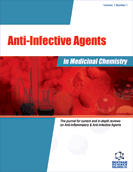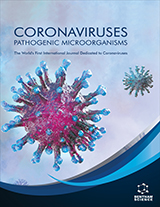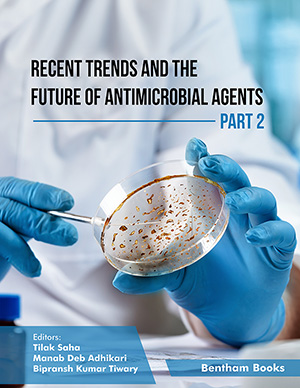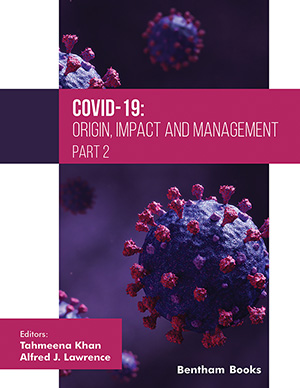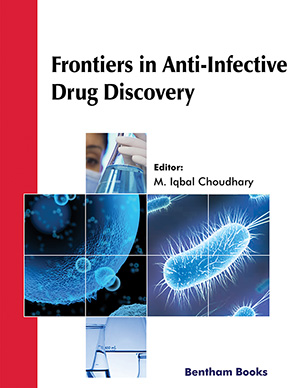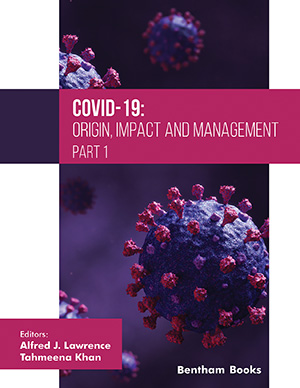Abstract
The echinocandins are a new class of antifungal lipopeptides for the treatment of serious nosocomial mycoses. The three currently approved drugs, caspofungin, micafungin, and anidulafungin, were each discovered through the synthetic modification of echinocandin natural products obtained from fermentation. This review is intended for the medicinal chemist who is actively pursuing or has a general interest in the synthetic modification of natural products as a means to identify drug candidates. It provides a survey of the synthetic strategies that produced the approved echinocandin therapeutics and a discussion of more recent efforts to identify a new generation of echinocandin drug candidates. Both total synthetic approaches starting from the constituent amino acids and semi-synthetic approaches relying on fermentationproduced lipopeptide are addressed. These various efforts by chemists from industry and academia have not only illuminated the interesting chemistry of these natural products, but have provided the means by which improvements in antifungal potency and spectrum, pharmacokinetic profile, solubility, stability, and safety can be realized. The ultimate success of these efforts can be judged by considering the important role the echinocandins are already playing in the treatment of serious fungal infection.
Keywords: ring-closing reaction, lipid side chain, Ornithine Modifications, mulundocandin, thioether derivatives
 12
12

